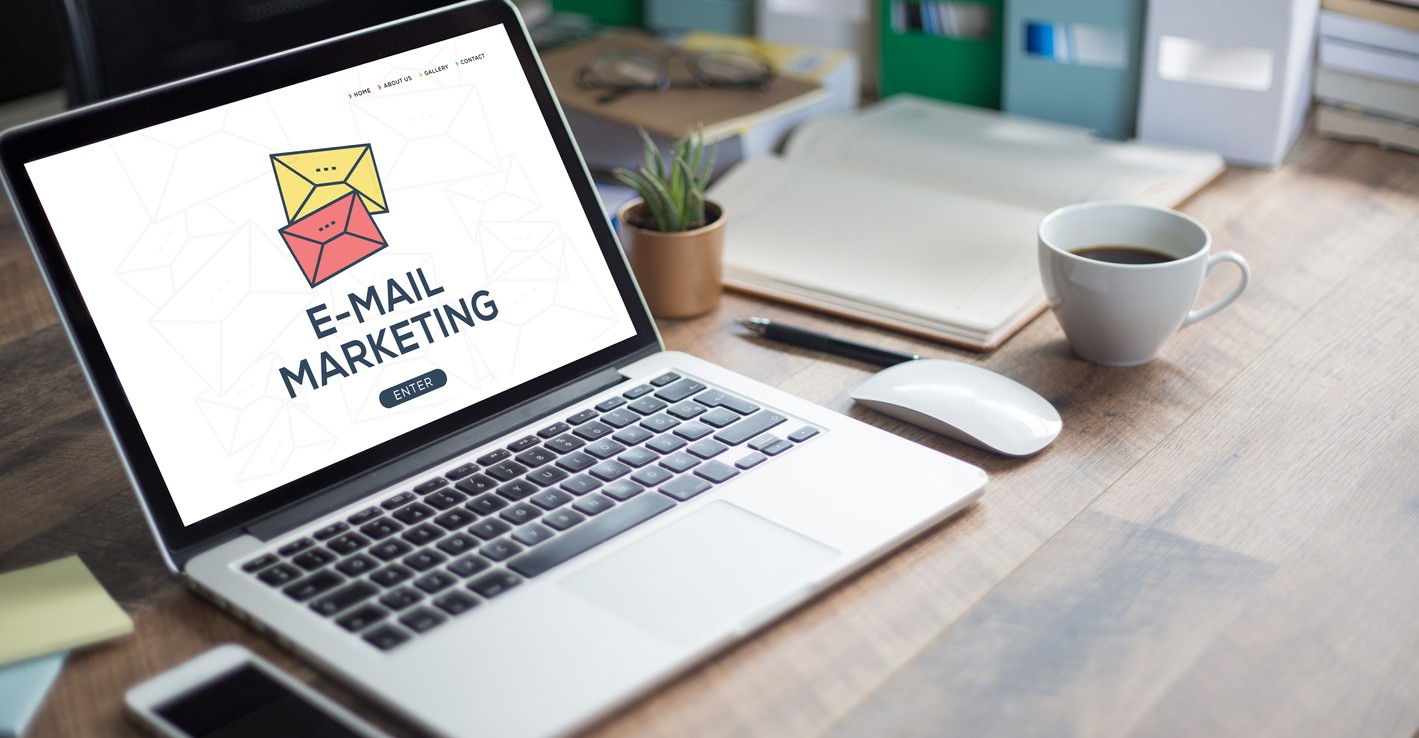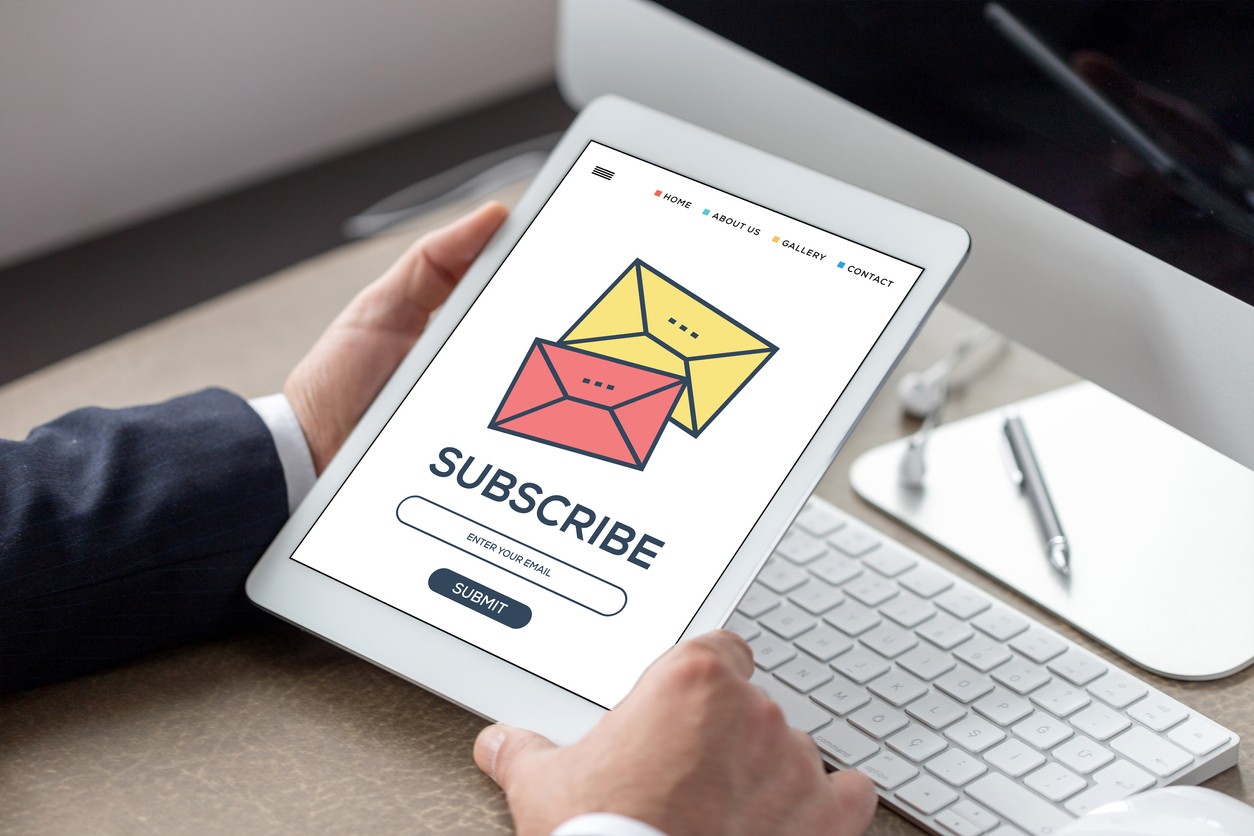Welcome to this comprehensive guide on increasing your email open rates. In today’s digital age, email marketing remains one of the most effective ways to connect with your audience and drive conversions. However, with crowded inboxes and short attention spans, it’s crucial to optimize your email campaigns to maximize open rates. In this article, we’ll uncover five secret strategies that can help you double your email open rates and achieve greater success in your email marketing efforts.
1. Understanding the Importance of Email Open Rates
Before diving into the strategies, let’s take a moment to understand why email open rates matter. Your email open rate indicates the percentage of subscribers who open your emails. It serves as a key metric to measure the effectiveness of your email campaigns. Higher open rates translate to increased visibility, engagement, and ultimately, conversions. By focusing on improving your open rates, you can maximize the impact of your email marketing efforts.
2. Crafting Engaging Subject Lines
The subject line is the first thing your subscribers see in their inbox. It acts as a deciding factor in whether your email gets opened or ignored. To capture your audience’s attention, it’s crucial to craft compelling subject lines that spark curiosity and create a sense of urgency. Here are some tips to help you create engaging subject lines:
- Use action verbs: Start your subject line with strong action verbs to inspire your readers to take immediate action. For example, “Unlock Exclusive Discounts Today!”
- Pose a question: Ask a question that resonates with your audience and piques their curiosity. For instance, “Are You Making These Common Marketing Mistakes?”
- Create a sense of urgency: Incorporate time-limited offers or limited availability to create a fear of missing out (FOMO). For example, “Last Chance: Limited Stock Remaining!”
- Keep it concise: Opt for short and concise subject lines that are easy to read on both desktop and mobile devices.
- Personalize when possible: Including the recipient’s name in the subject line can increase open rates by adding a personalized touch.
Remember, your Email subject line should accurately reflect the content of your email to maintain trust and prevent your email list from being put in the spam folders.
3. Personalizing Your Emails
- Use dynamic content: Utilize merge tags to dynamically insert personalized information, such as the recipient’s name, location, or previous purchases, into your email content. This creates a customized experience for each subscriber.
- Tailor recommendations: Leverage data on customer preferences and behaviors to offer personalized product recommendations or content suggestions in your emails. This shows that you understand their interests and increases the likelihood of engagement.
By personalizing your emails, you can make your subscribers feel valued and increase the chances of them opening and engaging with your messages.
4. Optimizing Email Timing and Frequency
The timing and frequency of your email campaigns play a significant role in determining open rates. You want to ensure that your emails land in your subscribers’ inboxes at the right moment and maintain a balance that keeps them engaged without overwhelming them. Consider the following tips:
- Analyze subscriber behavior: Dive into your email marketing analytics to identify patterns and trends in subscriber engagement. Determine the days and times when your audience is most likely to open and interact with your emails.
- Test different send times: Conduct A/B tests by sending the same email to different segments of your list at different times. Monitor the open rates and click-through rates to determine the optimal send time for your audience.
- Avoid excessive frequency: Bombarding your subscribers with emails can lead to fatigue and higher unsubscribe rates. Find a frequency that keeps your brand top of mind without becoming intrusive.
- Provide value in every email: Ensure that every email you send delivers value to your subscribers. Whether it’s educational content, exclusive offers, or personalized recommendations, make sure your emails are worth opening.
By optimizing the timing and frequency of your emails, you can increase the chances of them being opened and engage your audience more effectively.
5. A/B Testing to Uncover Winning Formulas
A/B testing is a powerful technique to optimize your email marketing strategy. By testing different variables and analyzing the results, you can refine your approach and uncover winning formulas that boost your open rates. Here are some elements you can test:
- Subject lines: Experiment with different subject lines to identify which ones resonate best with your audience. Test variations in length, tone, personalization, and use of keywords.
- Call-to-action (CTA): Test different CTAs to see which ones generate the highest click-through rates. Try variations in wording, design, placement, and color.
- Email design and layout: Test different email templates, color schemes, fonts, and layouts to determine which designs are more visually appealing and lead to higher engagement.
- Content types: Vary the types of content you include in your emails, such as articles, videos, infographics, or product showcases. Determine which formats resonate best with your audience.
- Sender name and email address: Test different sender names and email addresses to see if certain combinations increase open rates. For example, using a personal name versus a brand name.
A/B testing allows you to make data-driven decisions and continually improve your email marketing strategy for better open rates and engagement.
6. Implement Email Segmentation
- Segmenting your email list allows you to divide your subscribers into smaller groups based on specific criteria such as demographics, interests, or past purchase behavior. By tailoring your emails to each segment’s preferences, you can deliver more targeted and personalized content, resulting in higher open rates. Segmenting can be based on factors like age, location, industry, engagement level, or purchase history.
7. Leverage Social Proof
- Incorporate social proof elements into your email content to build trust and credibility. Include testimonials, reviews, case studies, or user-generated content that highlights positive experiences with your brand. Seeing that others have benefited from your products or services can motivate subscribers to open your emails and learn more.
8. Use Irresistible Offers
- Create exclusive offers, discounts, or promotions that are too good to resist. Entice your subscribers by providing value and making them feel like they’re getting something special. Limited-time offers or exclusive deals for email subscribers can generate a sense of urgency, increasing the likelihood of email opens.
9. Optimize for Mobile Devices
- With the increasing number of people accessing emails on their mobile devices, it’s crucial to ensure your emails are mobile-friendly. Optimize your email templates and content for smaller screens, ensuring easy readability and navigation. Use a responsive design that automatically adjusts to different screen sizes to provide a seamless experience across devices.
10. Regularly Clean and Maintain Your Email List
- Keep your email list clean and up-to-date by regularly removing inactive or unengaged subscribers. An unengaged audience can negatively impact your email open rates and deliverability. Consider implementing re-engagement campaigns to rekindle the interest of inactive subscribers before removing them from your list.
By implementing these additional secret strategies alongside the ones mentioned earlier, you’ll have a comprehensive approach to doubling your email open rates and achieving better results in your email marketing efforts.
Increasing your email open rates is essential for the success of your email marketing campaigns. By implementing the five secret strategies outlined in this article, you can double your email open rates and achieve greater engagement with your subscribers.
Start by crafting compelling subject lines that grab attention and spark curiosity. Personalize your emails to create a connection with your subscribers, making them feel valued and understood. Optimize email timing and frequency based on subscriber behavior to ensure your messages land in their inboxes at the right moment. Conduct A/B testing to uncover winning formulas and continuously improve your email marketing strategy.
Remember to keep your content relevant, valuable, and visually appealing. Use rich HTML formatting, such as lists, bold and italic text, and images, to enhance the visual experience for your readers. Leverage the power of storytelling and emotional appeal to captivate your audience and encourage them to open and engage with your emails.
By following these strategies and staying updated on the latest trends and best practices in email marketing, you can maximize your email open rates, drive higher engagement, and achieve your business goals.
Remember, effective email marketing is an ongoing process. Continuously analyze your results, adapt your strategies, and test new ideas to stay ahead of the curve. By staying committed to providing value and connecting with your subscribers, you can build strong relationships, foster customer loyalty, and drive success in your email marketing efforts.
 Frequently Asked Questions (FAQs)
Frequently Asked Questions (FAQs)
- How can I improve my email open rates?
- Craft compelling subject lines that grab attention and spark curiosity.
- Personalize your emails to create a connection with your subscribers.
- Optimize email timing and frequency based on subscriber behavior and preferences.
- Conduct A/B testing to refine your approach and uncover effective strategies.
- What are some best practices for writing compelling subject lines?
- Use action verbs and create a sense of urgency.
- Ask questions to engage the reader.
- Keep subject lines concise and personalized.
- Ensure the subject line accurately reflects the email content.
- Why is personalization important in email marketing?
- Personalization helps create a more tailored and relevant experience for subscribers.
- It shows that you understand their preferences and needs.
- Personalized emails have higher chances of being opened and engaged with.
- How often should I send emails to my subscribers?
- The frequency of your email campaigns depends on your audience and their preferences.
- Find a balance that keeps your brand top of mind without overwhelming subscribers.
- Respect their preferences and allow them to choose their preferred email frequency during the signup process.
- What is A/B testing, and how can it help me improve my email open rates?
- A/B testing involves comparing two versions of something to determine which one performs better.
- In email marketing, it helps test different variables such as subject lines, CTAs, email design, and content types.
- By analyzing the results, you can make data-driven decisions to optimize your campaigns and improve open rates.
- Can you provide additional tips to enhance my email marketing strategy?
- Use engaging and relevant content that provides value to subscribers.
- Optimize emails for mobile devices to cater to the increasing number of mobile users.
- Ensure clear and concise calls-to-action that guide subscribers to take desired actions.
- Regularly clean your email list to remove inactive or unengaged subscribers.
- Monitor and analyze email metrics to track campaign performance and identify areas for improvement.
By implementing these strategies and following the best practices, you can improve your email open rates and achieve better results in your email marketing campaigns.
Schedule emails at the optimal time for your audience — research shows that Tuesday and Thursday mornings may be the best times to send emails. Utilize automation to deliver timely, personalized messages and boost engagement. Make sure your subject lines are concise, attention-grabbing, and relevant to entice readers to click through. Create a sense of urgency with a well-worded CTA that

 Frequently Asked Questions (FAQs)
Frequently Asked Questions (FAQs)